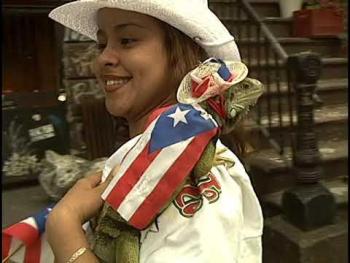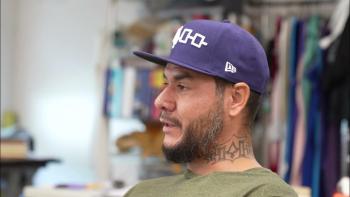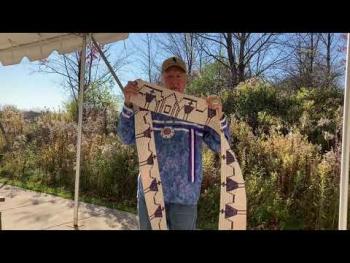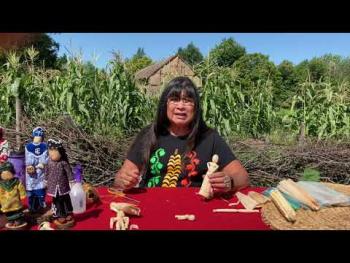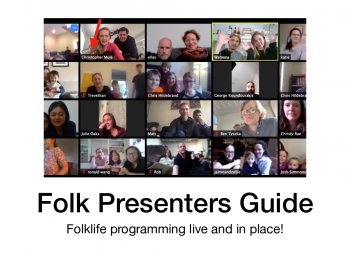Browse Digital Heritage
The display of la bandera puertorriqueña was pretty common all year long throughout the five boroughs of New York City, waving from car antennas, painted on wall murals, or draped from windows, fire escapes and card hoods; but from the end of May until the middle of June,prior to and during the National Puerto Rican Day Parade in Manhattan (always the second Sunday in June), it reaches its peak. It is hard to walk anywhere in the City without seeing the image proudly displayed or worn. Any item or apparel imaginable is adorned or decorated with the image: umbrellas, shorts, ties, fingernails, hats, jewelry, sunglasses. This was especially true from the late 1990s through the early 2000s. It appears as if this custom may have peaked a few years ago, and during the last few years the flag seems to be less visible in the time period leading up to the parade. This latest trend may have arisen due to do with grassroots and official campaigns intended to make sure the flag is used only in a respectful manner, a decline in the flag fever pitch of those years and recent economic and environmental crises on the island leading many to use a black and white monoestrellada to represent the dual ideas of mourning and resistance.
Place
Material Culture
Onöndowa’ga:’ (Seneca) bone and antler carver, Hayden Haynes (Deer Clan), shares his inspirations, creative process, and the multifaceted approach he employs to hone his skills and revitalize the ancestral craft within his community.
Material Culture
Otgoä (wampum) is a vital part of Haudenosaunee culture. Wampum are shell beads that are created from whelk and quahog clam shells. The brittle pieces are rounded, sanded, and drilled to make a bead. Because of the effort that is needed to make a bead, wampum is highly valued.
Material Culture
Haudenosaunee storytelling is not meant to just entertain but to also teach. Stories are used to warn against dangerous and bad behavior, uphold valued qualities, and teach good decision making. If you travel to different Haudenosaunee communities, you will discover that each community may have their own version of a story. There is no one version that is upheld over the others, but if you listen you will discover that although the details may be slightly different, the lessons taught remain the same.
Material Culture
Amidst COVID-19, many arts practices, including performances, workshops, lessons, and discussions, have moved online. This is a resource for artists and consultants who wish to livestream practices. It also calls to attention the process of tradition and traditional arts as practices move from in-person to digital spaces.
Material Culture
Search
Tradition
- (-) Remove Material Culture filter Material Culture
- Place (1) Apply Place filter
Community
- (-) Remove City Lore filter City Lore

